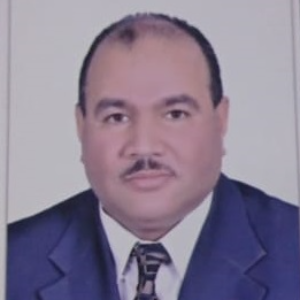Title : The role of laparoscopy in the management of patients with isolated blunt abdominal trauma
Abstract:
Objective: To assess the role of laparoscopy in diagnosis and management of patients with isolated blunt abdominal trauma (IBAT).
Patients and methods: This was a prospective study of 50 patients who were hemodynamically stable (systolic blood pressure ≥90 mmHg) experiencing IBAT who underwent diagnostic and/or therapeutic laparoscopy at the emergency department of Sohag University Hospital. Inclusion criteria were hemodynamically stable patients with IBAT. Exclusion criteria were marked hemodynamic instability, penetrating abdominal trauma, polytraumatized patients, increased intracranial tension, and contraindications for laparoscopy. After a primary survey according to Advanced Trauma Life Support principles, all patients were investigated by pelvi-abdominal ultrasound, computed tomography, chest and abdominal plain radiograph, and other routine laboratory investigations.
Results: A total of 50 stable patients with IBAT underwent urgent laparoscopy. Of them, 32 (64%) patients had therapeutic laparoscopy, whereas 18 (36%) patients had diagnostic laparoscopy. A total of 18 (36%) patients were converted to therapeutic laparotomy. Severely damaged spleen, liver, small intestinal, colon, and stomach injuries were the causes of conversion. Road traffic accident (24%) was the commonest cause of injury. Spleen was the commonest affected organ [18 (36%) patients], followed by the liver [10 (20%) patients]. Pain (visual analog scale of pain) and hospital stay were significantly increased (P=0.0001and 0.001, respectively) in converted (laparotomy) cases in comparison with nonconverted (completed laparoscopy) cases. Postoperative complications, such as wound infection, hematoma, intra-abdominal hemorrhage, wound dehiscence, and reexploration were significantly increased in converted cases in comparison with nonconverted cases (P=0.002, 0.01, 0.01, 0.01, and 0.001, respectively).
Conclusion: Laparoscopy in blunt abdominal trauma is safe, accurate, and feasible. Hemodynamic stability of the patient and surgical expertise in advanced laparoscopy are the prerequisites. The most important advantages of laparoscopy are reduction of nontherapeutic laparotomy rate, reduction of operative period, shortening of hospital stay, and reduction of postoperative pain and postoperative complications.


